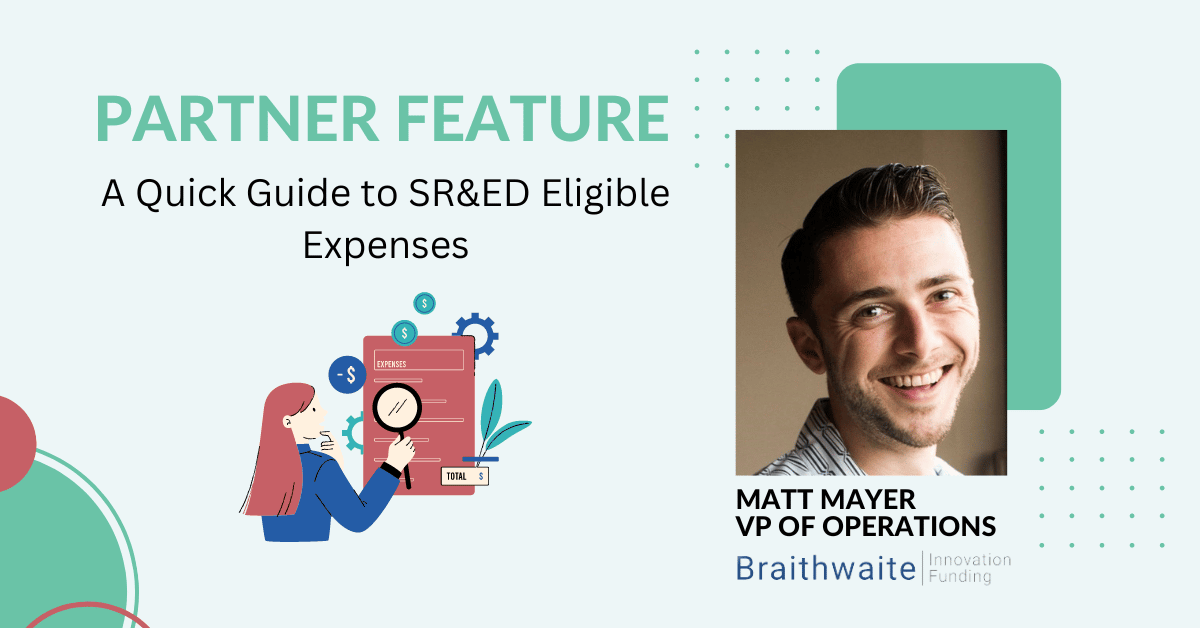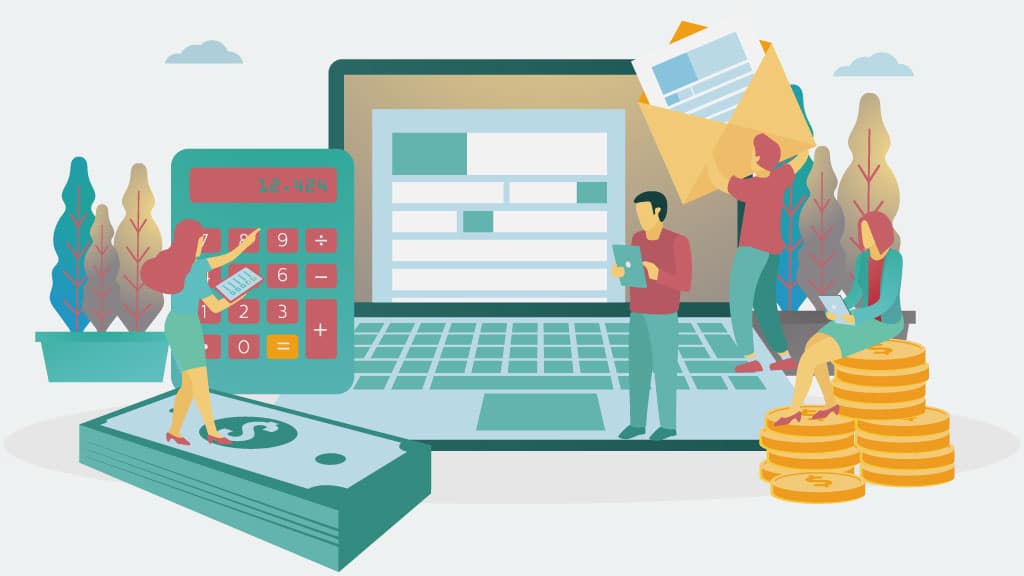Has your company considered applying for or previously received Canada’s Scientific Research and Experimental Development (SR&ED) tax credit? As the country’s largest source of research and development (R&D) focused tax incentive, the SR&ED program provides valuable resources for companies across the nation, particularly in innovation hotspots like British Columbia, Ontario and Montreal.
Each year, the government grants over $4 billion in SR&ED incentives to businesses to encourage new innovation and technological advancement. Eligible companies can significantly benefit from pursuing government-based funding, which can often allow them to avoid sacrificing equity for capital and keep their projects moving forward. At Venbridge, we’re proud to partner with SR&ED applicants to offer venture debt financing to help bridge the gap between your SR&ED credit being filed and approved and the waiting period before receiving your funds (which can often take weeks to months).
Below, we’ll take a closer look at some of the key qualifiers for SR&ED eligibility and the benefits of partnering with an experienced lender like Venbridge. Read on to learn more!
Program in Review: What is SR&ED?
The Canadian government first introduced the Scientific Research and Experimental Development program to incentivize homegrown innovation. SR&ED is designed to help alleviate some of the startup and maintenance costs associated with activities dedicated to creating or refining technological assets through experimentation and analysis. Unlike other grant programs or loans, SR&ED is not solely limited to revenue-generating projects and does not require recipients to have successful results from their experimentation. Under the SR&ED guidelines, companies can deduct certain eligible expenses (more on that below) and receive refunds or tax incentives to enhance their overall capital funding to be used for further R&D matters.
Who Qualifies for SR&ED
In order to qualify for SR&ED credits, companies must meet certain requirements as laid out by the program. To be eligible, applicants must have a project that addresses scientific and/or technological uncertainty through a systematic investigation entailing the creation and testing of hypotheses. In addition, eligible projects must fall into one of the following:
Basic research
Projects that advance scientific knowledge for the purpose of broadening understanding.
Applied Research
Projects intended to acquire knowledge for specific applications and commercial objectives.
Experimental Development
Projects that utilize knowledge, insight, and experience to drive technological advancement that improves upon existing materials, devices, products, or processes.
Claiming Expenditures
When applying for SR&ED, it’s important to be aware that not all expenditures are eligible for refunds. Qualifying options include:
Salaries
Only salaries and wages tied to personnel directly involved with the SR&ED project may be claimed.
Activities and Tasks
Specific activities and tasks are eligible for refunds, including:
Activities
- Data collection
- Mathematical analysis
- Computer programming
- Engineering
- Design
- Operational research
- Testing
- Psychological research
Tasks
- Experimentation or analysis
- Human resources
- Clerical, office, and administrative support
- User manual preparation
- Training
- Preparation of SR&ED tax incentive claims
- Technological planning and documentation
- Long term planning
- Additional tasks and activities that are required for the continuation of SR&ED-based projects.
Materials
The SR&ED program allows businesses to claim the cost of materials procured and used during development and research, including the cost of supplier invoices, storage, and applicable transportation costs.
Overhead
Overhead costs encompass expenses that may not directly relate to your project but are necessary in order to sustain the business.
Contracts and Third-Party Payments
Businesses may also claim costs associated with hiring subcontractors (Canadian only) to perform SR&ED-related work and related expenses like equipment, etc.
Why Consider Financing With Venbridge?
As discussed earlier, one challenge presented by the SR&ED program is the delays associated with receiving your refund. Claims are usually subject to a holding period of 60 days, with an additional processing time of approximately 180 days, assuming no errors or need for further review is found by the CRA. This wait time can often leave businesses struggling to cover current costs and to source additional capital when it matters most.
Partnering with a non-dilutive venture debt financing firm like Venbridge can help to eliminate stress caused by wait periods by giving you access to capital in as little as two business days (pending approval from our team). Venbridge also offers the highest loan-to-value financing on the market and has an extensive portfolio of previous success stories that span several industries, including banking and insurance, clean technologies, life sciences and pharmaceuticals, energy and natural resources and more.
Learn how we can partner with your team to enhance your R&D initiatives through venture debt lending by contacting our team today!
Want to see how much you qualify in SRED credits? Use our free online tool here!




